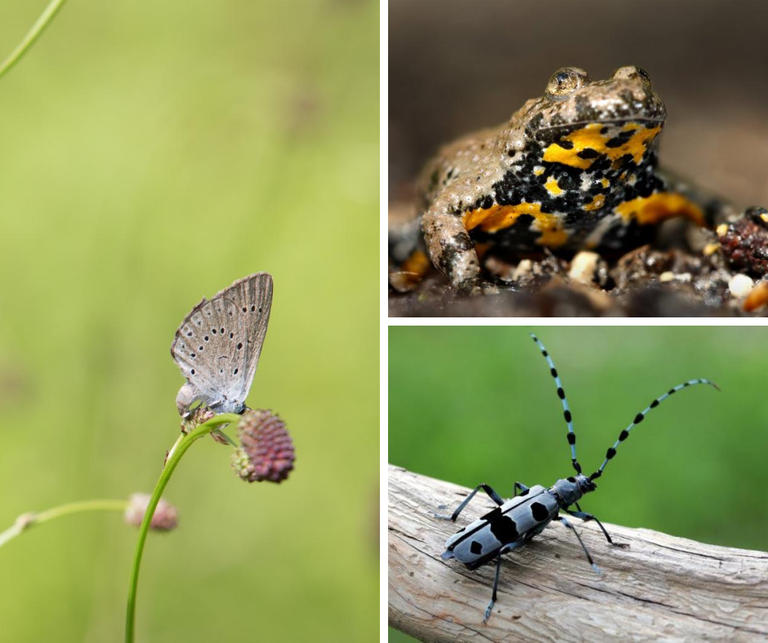
Ljubljana, 29 July 2020 – Government Office for Development and European Cohesion Policy has issued a funding decision for the project Restoration of wetland habitats along the Mura river and Vision Pohorje 2030 – Improving the conservation status of grasslands, water habitats and forest habitats and setting up quiet zones in Pohorje. The two projects, whose total budget will amount to over EUR 6.7 million, will be supported by the European Regional Development Fund with the support totaling more than EUR 5.3 million.
The goal of the project is to support the restoration of wetland habitats along the river and to improve the conditions for indigenous flora and fauna. A series of measures will be carried out to restore the river dynamics, water habitat, floodplain forest and wet grasslands, and to ensure that important habitats in the Natura 2000 area are protected. Additionally, information centres, nature trails and nature interpretation infrastructure will be set up. Total project funding roughly amounts to EUR 4.6 million, with over EUR 3.6 million coming from the European Regional Development Fund.
Vision Pohorje 2030 is a nature conservation project that aims at improving the conservation status of high conservation value areas, promotes identification of sustainable development solutions for Pohorje and works as a platform providing advice and guidance on outdoor leisure activities. A series of protection measures delivered on the ground will facilitate management of six habitat types and help improve the conservation status of six animal species, namely the rosalia longicorn (Rosalia alpina), the Italian crested newt (Triturus carnifex), the yellow-bellied toad (Bombina variegata), the Geoffroy's bat (Myotis emarginatus), the lesser horseshoe bat (Rhinolophus hipposideros) and the western cappercaillie (Tetrao urogallus). Additionally, educational and interpretational content will be upgraded to boost awareness raising of the importance of preserving the rich bidoversity of the Natura 2000 areas and of the balanced man-nature relationship that has been characteristic of this region throughout centuries. The project funding totals over EUR 2.1 million, with the European Regional Development Fund contributing around EUR 1.7 million.





